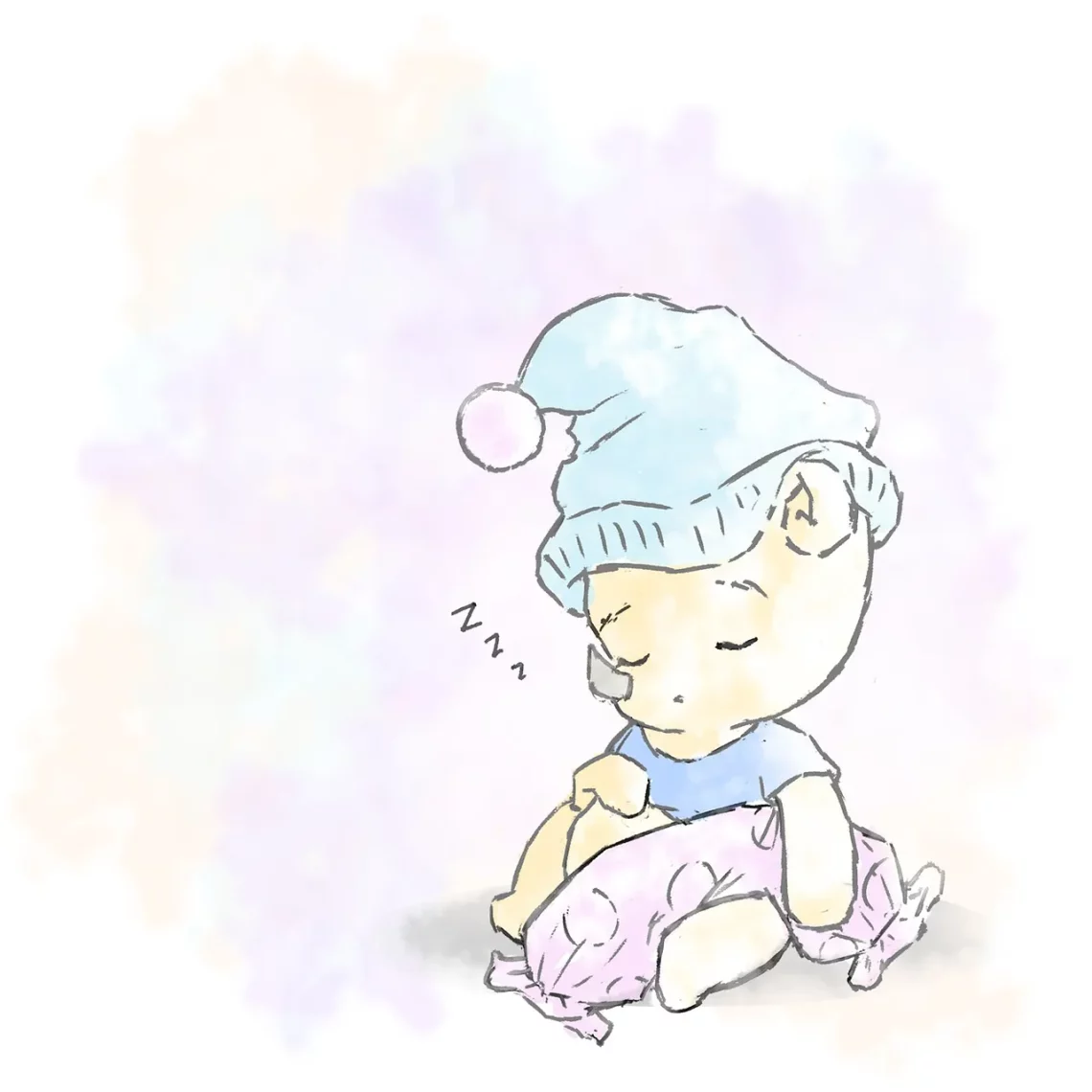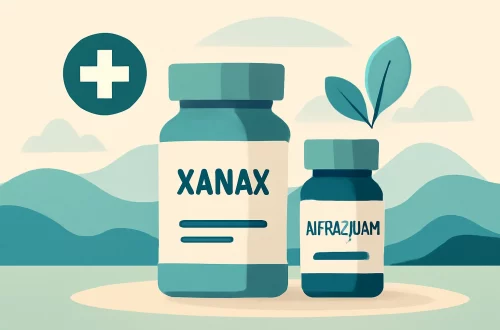
Exploring the Humor and Controversy of Cartoon Analingus
The world of cartoons has long served as a canvas for creativity, satire, and societal commentary. While many cartoons are cherished for their light-hearted humor and ability to entertain audiences of all ages, others tread into more controversial waters. One such topic that has elicited a mix of laughter and disapproval is the portrayal of adult themes, particularly those that are risqué or graphic in nature. Among these, the depiction of anilingus in cartoons stands out as a fascinating case study in how humor can both challenge social norms and provoke a strong response from audiences.
Cartoonists often use exaggeration and absurdity to highlight the ridiculousness of certain situations, allowing them to explore themes that might be deemed taboo in more traditional media. However, the fine line between humor and offense can lead to heated debates about taste, boundaries, and artistic freedom. As cartoons evolve to reflect contemporary societal attitudes, the inclusion of such provocative content raises questions about the role of humor in discussing sexuality and the extent to which it is acceptable to push boundaries. This exploration of humor and controversy in the realm of animated content invites a deeper understanding of cultural sensitivities and the impact of comedic expression in shaping public discourse.
The Evolution of Humor in Animation
Humor in animation has undergone significant transformations since the inception of the genre. Early cartoons primarily relied on slapstick comedy and visual gags, appealing to a broad audience without delving into complex themes. However, as societal norms shifted and audiences became more diverse, animators began to experiment with more nuanced forms of humor, including social commentary and satire.
In the 21st century, the landscape of animated content has expanded dramatically, with platforms like streaming services providing a space for creators to explore deeper and often darker themes. Shows such as “South Park” and “Rick and Morty” have pushed the envelope, using humor to tackle issues like politics, mental health, and, indeed, sexuality. This evolution reflects a cultural shift towards accepting more explicit content in comedic formats, as audiences become increasingly desensitized to traditional taboos.
The humor surrounding anilingus in cartoons can be seen as a reflection of this broader trend. While such themes might have been considered inappropriate or shocking in the past, contemporary audiences often embrace them as part of a larger discourse on sexual liberation and acceptance. The ability to laugh at subjects that once elicited gasps can be both liberating and provocative, allowing viewers to confront their own discomforts and preconceptions.
However, this evolution does not come without its critics. The inclusion of risqué humor in animated content often faces backlash from conservative audiences who argue that it undermines the innocence of animation. This tension between artistic freedom and societal expectations continues to shape the conversation around what is considered acceptable in the realm of animated humor.
Understanding the Controversy
The controversy surrounding cartoon anilingus stems from various cultural, social, and personal beliefs. The act itself, often viewed as a taboo subject, invites a spectrum of reactions that range from amusement to outrage. In a medium primarily associated with childhood nostalgia, the juxtaposition of such explicit content can be jarring for many viewers.
Critics of cartoons that depict anilingus argue that it promotes a normalization of explicit sexual behavior, especially among younger audiences. They contend that such themes can desensitize viewers to the seriousness of sexual health and relationships. This perspective highlights a protective instinct toward maintaining certain boundaries within media, particularly those aimed at younger demographics.
On the other hand, proponents of this form of humor assert that it can serve as a vehicle for education and awareness. By addressing sexual themes openly, cartoons can demystify aspects of human sexuality, leading to healthier discussions and attitudes. This argument suggests that laughter can be an effective tool in breaking down barriers and fostering understanding.
The controversy also touches on the concept of artistic expression. Creators often defend their work by asserting their right to explore any subject matter they choose. This artistic freedom is a cornerstone of creative industries, allowing for a diverse range of voices and perspectives. However, the balance between creative expression and public response remains a contentious issue, as audiences grapple with their own sensitivities and expectations.
The Role of Satire in Animated Content
Satire plays a crucial role in the effectiveness of humor, particularly in animations that tackle controversial subjects like anilingus. Through satire, creators can provide social commentary while entertaining audiences, encouraging them to reflect on their values and beliefs. This dual purpose enhances the impact of the humor, making it more than just a joke but a means of prompting critical thought.
Animated shows that incorporate satire often employ exaggeration and absurdity to emphasize the ridiculousness of societal norms. By taking taboo subjects and presenting them in an over-the-top manner, creators can invite audiences to laugh at the absurdities of life while simultaneously questioning why such topics are considered taboo in the first place.
For instance, by depicting characters engaging in anilingus in a humorous context, animators can challenge the stigma attached to the act, encouraging discussions about sexuality that may otherwise be avoided. This approach not only entertains but also opens the door for conversations about consent, sexual health, and personal preferences.
Moreover, the use of satire allows creators to critique societal attitudes towards sexuality in a way that is accessible and engaging. By framing serious topics within the context of comedy, they can reach a wider audience and foster a more open dialogue. This method can be particularly effective in addressing misconceptions and promoting a healthier understanding of sexual practices.
Ultimately, the role of satire in animated content underscores the power of humor as a tool for both entertainment and education. As audiences continue to evolve, the willingness of creators to tackle controversial subjects like anilingus may pave the way for more inclusive discussions around sexuality and personal expression.
Conclusion: Navigating the Fine Line of Humor
The exploration of humor and controversy in cartoons, particularly in relation to themes like anilingus, reveals the complexities of societal norms and artistic expression. As animation continues to evolve, the boundaries of acceptable content are constantly tested, prompting discussions about taste, morality, and the role of humor in addressing sensitive subjects.
While the humor surrounding anilingus can elicit laughter, it also brings with it a host of reactions that range from support to condemnation. This duality highlights the importance of understanding the cultural context in which such humor is presented. Creators must navigate the fine line between provoking thought and offending sensibilities, all while remaining true to their artistic vision.
In a world where humor can serve as both a shield and a sword, the ability to engage with controversial topics through the lens of animation offers a unique opportunity for dialogue and reflection. As audiences become more accepting of diverse expressions of sexuality, the potential for growth and understanding in the realm of animated content continues to expand. This ongoing evolution serves as a testament to the enduring power of humor in shaping cultural perceptions and fostering open conversations.
**Disclaimer**: This article is for informational purposes only and is not intended as medical advice. For any health-related concerns, please consult a qualified healthcare professional.




